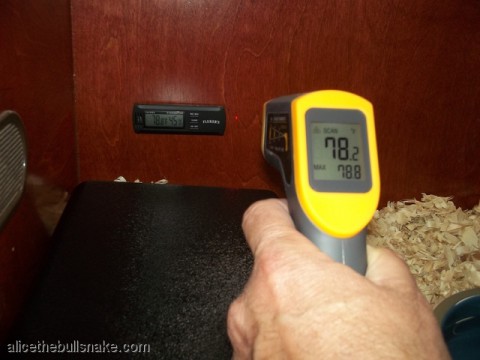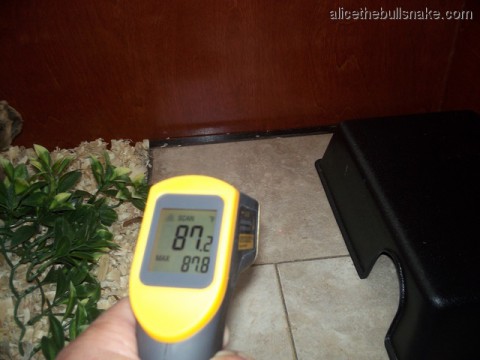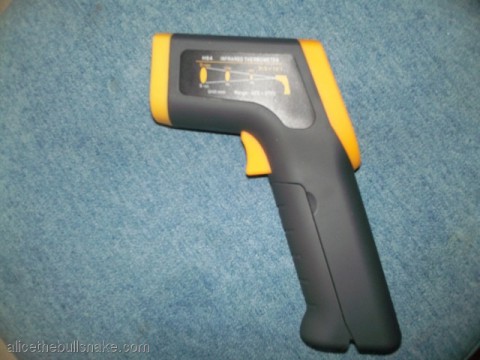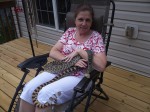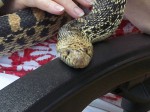To provide the best possible care of your pet snake you should keep records of at least a few basic items. At a minimum, I would suggest you record feedings, defecation, sheds, weight and habitat cleaning. These records will help you to recognize a problem and if you should be making an appointment with the vet for a professional opinion. If you are breeding snakes you will have additional record needs, likely including brumation, egg laying dates and the mate.
There are many digital gauges on the market that keep track of high and low values for temperature and humidity. These are wonderful in helping to alert you to temperatures outside of the desired range. Without this tracking you would be unaware of these changes that require your attention. I like the Fluker’s Digital Thermometer / Hygrometer. You will see reports questioning their accuracy on various sites. For the price of the units, I feel that seeing a 1 or 2 degree variation in readings to be well within reason and perfectly acceptable for vivarium use. And so far this has been my personal experience with them.
You can keep your records on anything from a plain sheet of paper to a spreadsheet or a database. I like the database method because I prefer to use digital records and can easily make them available remotely. Above all make sure your records are easy to find when you need them. In an emergency situation, your records could help the vet to make a more accurate diagnosis.
Here is a link to download a sql statement to create the same table I currently use. This version is the updated release after modifying the table to be easier to read by using single letters in the event column to represent fed, refused, shed, defecated, weight, habitat cleaning, etc. I use the notes column to add the details of the event and a separate column for the weight entry to make it easier to see.
If you are using mysql, download this mysql table
If you are using postgresql, download this postgresql table
